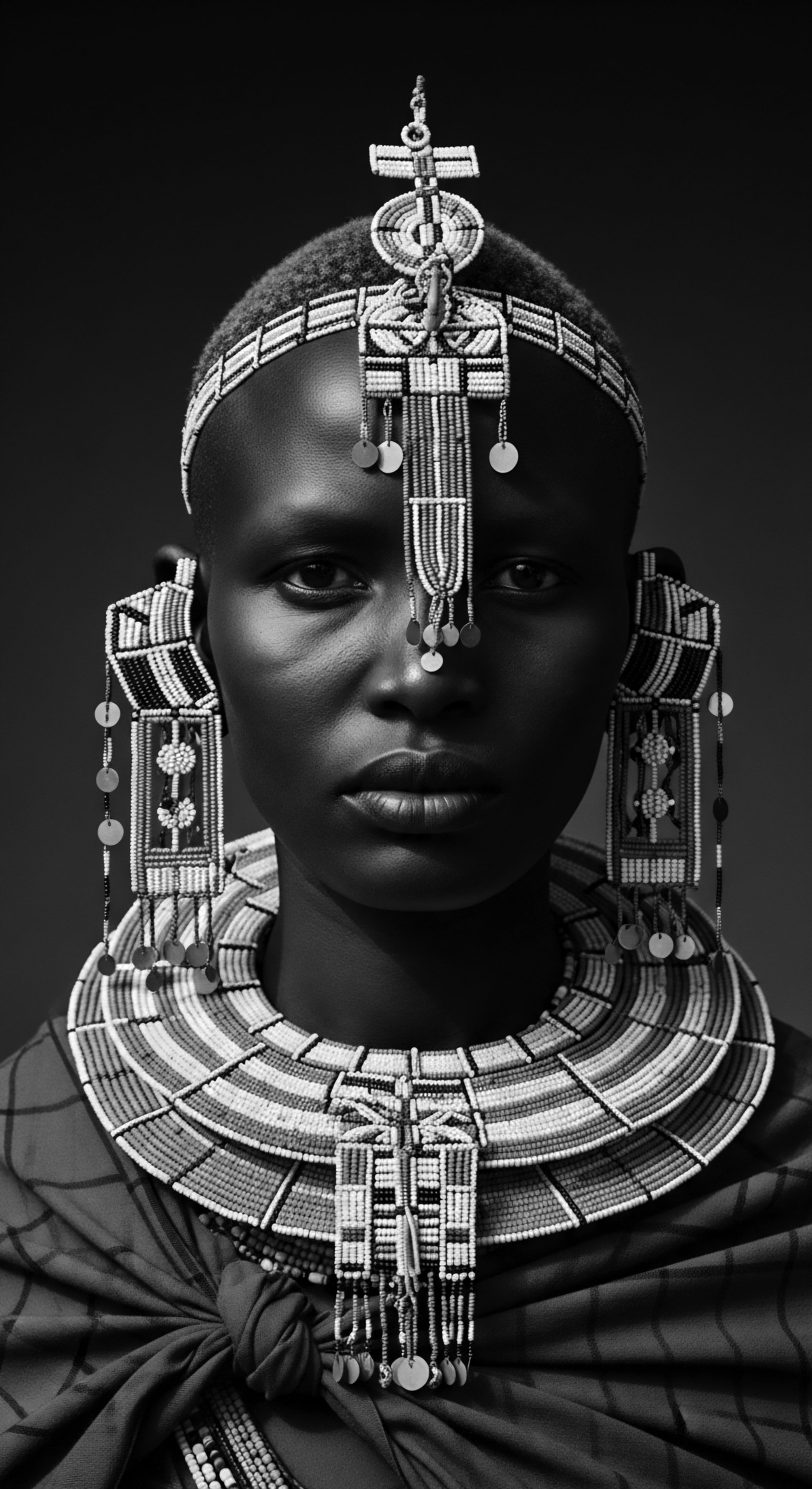
Roots
The whisper of cloth against scalp, the gentle embrace of fabric shielding coils and curls – for those of us connected to textured hair, the headwrap is not merely an accessory. It is a living archive, a silent testament passed down through countless hands, imbued with the spirit of resilience, a deep cultural memory, and the vibrant life of ancestral practices. It speaks volumes without uttering a single sound, a visual language understood across generations and continents, deeply rooted in the heritage of Black and mixed-race communities.
Consider the profound connection between the very strands that spring from our scalps and the coverings that have protected, adorned, and articulated identity throughout history. Textured hair, in its myriad forms, from tightly coiled patterns to soft, undulating waves, is a biological marvel. Its unique structure, characterized by its elliptical cross-section and often fewer cuticle layers, shapes how it interacts with the world. This inherent characteristic also informed the historical necessity and cultural significance of head coverings.
Early civilizations understood this intuitively, perhaps without the scientific lexicon we possess today. They knew their hair needed safeguarding from the sun’s relentless blaze, the desert’s abrasive winds, and the dust of daily toil. The headwrap, in its most elemental form, served as a shield, a practical response to environmental demands.
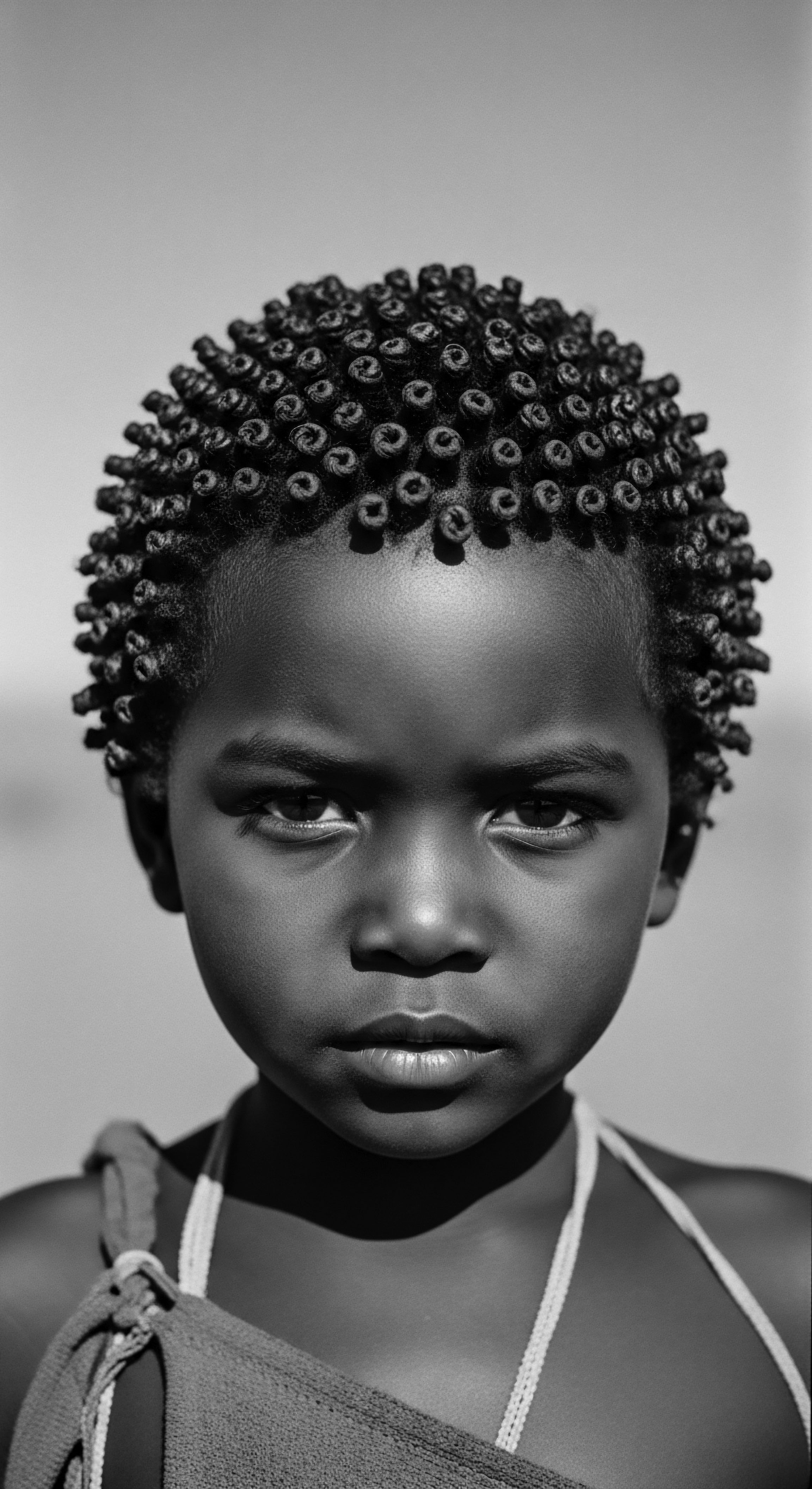
What Were the Earliest Expressions of Headwrap Heritage?
The origins of headwraps extend back thousands of years, with archaeological and historical records pointing to ancient societies across Africa, the Middle East, and Asia as early as 3000 BCE. In ancient Egypt, hieroglyphs bear witness to nobility, both men and women, wearing elaborate head coverings, suggesting their early association with social status and protection against harsh climates. These were often linen cloths, draped and tied, sometimes embellished with precious metals. West African kingdoms, like Ghana (300-1200 CE), show evidence of woven textiles fashioned into headwraps, their patterns speaking of regional artistry and communal belonging.
The choice of material, the particular style of tying, and the adornments woven into these early wraps were never accidental. They were deliberate statements, coded messages understood within communities. They communicated age, marital status, social standing, and even religious devotion. The headwrap was, in essence, a wearable language, a non-verbal communication system that predated written words for many, conveying stories of lineage and local custom.
The headwrap, in its ancient beginnings, served as both a practical shield against nature and a complex visual language of social standing and community identity.
For communities with textured hair, these early practices held particular resonance. Coiled hair, prone to tangling and environmental damage, found respite and protection under these cloths. The headwrap served to:
- Protect hair from sun, dust, and debris, preserving moisture and preventing breakage.
- Maintain intricate hairstyles, such as braids and twists, for longer periods.
- Signify belonging, allowing for immediate recognition of tribal affiliation, family lineage, or social role.
Even before the transatlantic crossings reshaped its meanings, the headwrap was a testament to human ingenuity in adapting to surroundings and expressing collective and individual heritage. It was a utilitarian garment that blossomed into an art form, a practice deeply intertwined with the fundamental biology and cultural expressions of hair itself.
The elemental relationship between human hair and its environment informed early human responses to care and styling. The very structure of tightly coiled and curly hair, which can be both exquisitely delicate and robustly resilient, demanded methods of preservation. Head coverings offered a simple, effective means of preventing the dehydration that often leads to brittleness, particularly in dry or sunny climates. The wisdom of these initial practices echoes in the modern understanding of protective styling for textured hair, reinforcing a historical continuum of care.
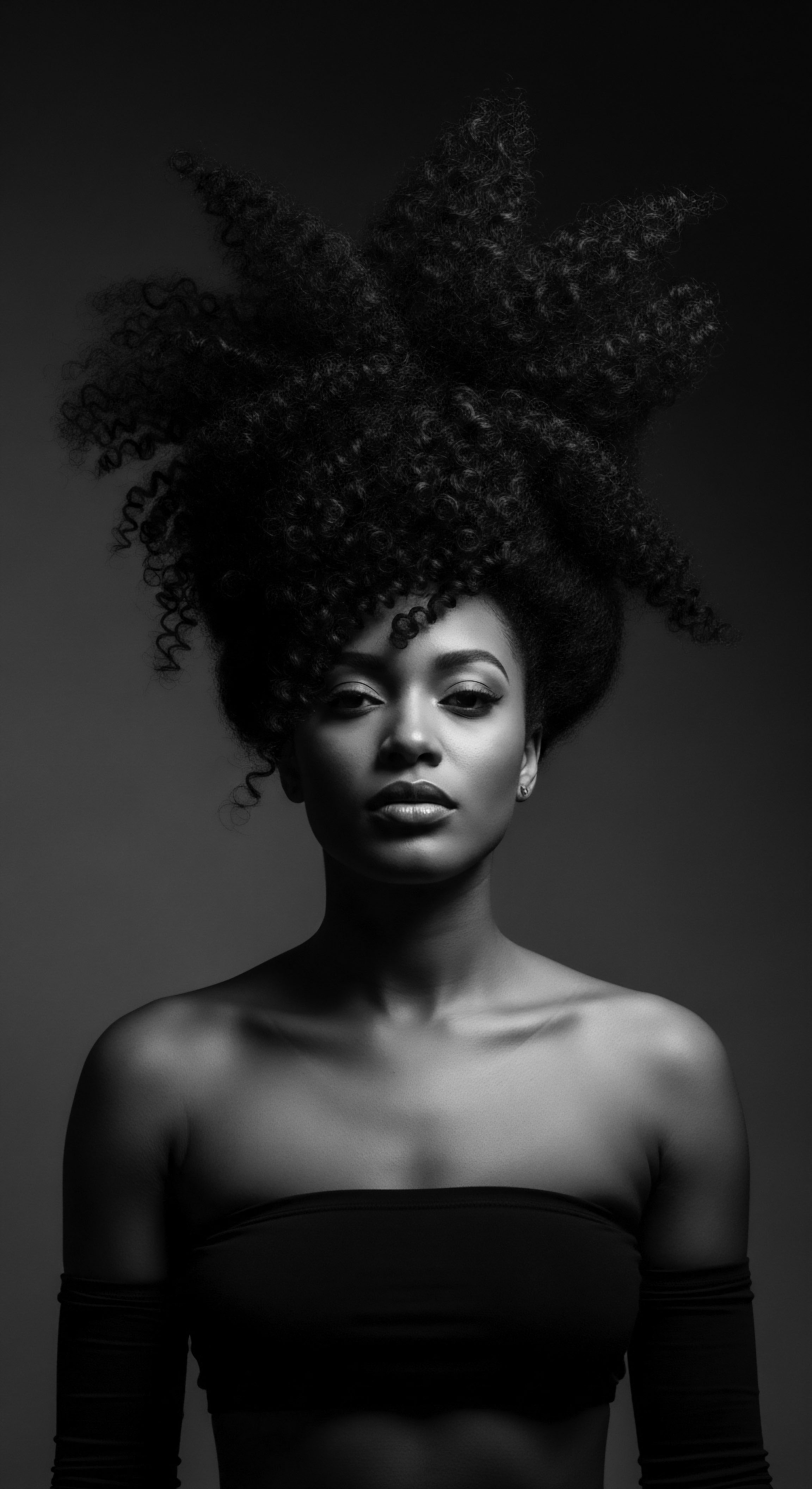
Ritual
The passage of the headwrap from ancestral lands to the unforgiving shores of the Americas marked a profound, yet often tragic, transformation of its meaning. The transatlantic slave trade ripped individuals from their homes, intentionally stripping away markers of identity, including their hair. Heads were often shaved upon arrival, a dehumanizing act severing ties to heritage and self.
Yet, even within this brutal context, the headwrap, or tignon as it would be known in some American colonies, refused to be silenced. It became a powerful, quiet act of cultural continuity, an assertion of self when all was designed to erase.
Enslaved African women, despite facing unimaginable indignities, maintained practices of hair wrapping. The simple cotton kerchiefs they were often forced to wear, sometimes mandated by slave owners to signify their subservience or to mask perceived “unruly” hair, were subversively transformed. These pieces of fabric, humble in their material, became canvases for resistance and expressions of an enduring spirit. They protected hair from the harsh conditions of labor, from dust, sweat, and sun, but simultaneously, they became symbols of communal identity and personal dignity.
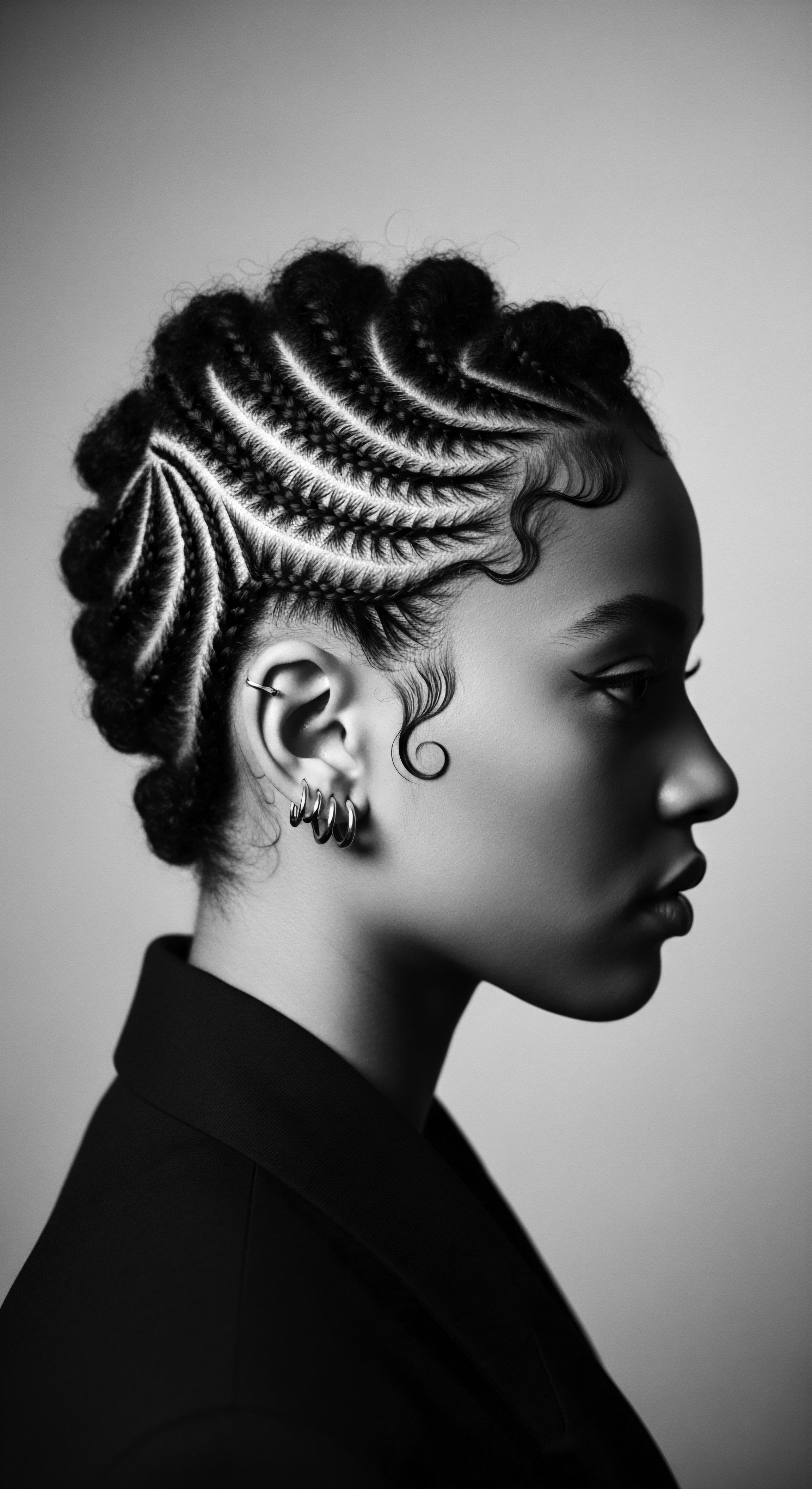
How Did the Headwrap Turn into a Symbol of Resistance?
A particularly stark historical example of this defiant reclamation is found in the Tignon Laws enacted in Spanish colonial Louisiana in 1786. Governor Esteban Rodríguez Miró, influenced by white women who felt threatened by the visible beauty and social standing of free women of color, mandated that Black women, whether enslaved or free, cover their hair with a tignon (a headscarf). The law’s intent was clear ❉ to visibly mark Black women as belonging to a lower social class and to obscure the splendor of their elaborate hairstyles, which often included jewels and feathers.
However, in a remarkable act of sartorial insurgency, these women transformed the symbol of intended oppression into one of profound beauty and cultural pride. They used the finest, most vibrant fabrics – silks, muslins, and satins – tying their tignons with intricate knots and elaborate, towering styles. They adorned them with ribbons, pearls, and feathers, turning what was meant to be a badge of inferiority into a defiant statement of their inner regality and unwavering identity.
As scholar Danielle Skeehan posits, “women of color used their bodies with ingenuity, creativity, and defiance to create narratives of possibility.” (Skeehan, 2017, p. 77) This historical moment illuminates how textured hair heritage, even when targeted for suppression, served as a catalyst for creative and collective acts of self-affirmation.
This spirit of adaptation and symbolic transformation continued throughout the diaspora. In various Caribbean communities, headwraps evolved with unique meanings, sometimes indicating marital status or social position through specific folds and peaks. The practice became a living tradition, a thread connecting scattered communities to a shared ancestral past.

What Role Did Community Play in Headwrap Traditions?
The headwrap, beyond its function as a symbol of resistance, became a central component of community life and cultural expression. It was a visual cue, communicating without words, forging connections and signaling status within diasporic populations. For instance, in West African societies, and later in communities formed through the slave trade, certain headwrap styles conveyed:
- Marital Status ❉ A specific knot or the direction of a tie could indicate if a woman was single or married.
- Age and Social Position ❉ More elaborate wraps might be reserved for elders or those holding specific community roles.
- Ethnic Identity ❉ Distinct patterns or tying methods could signal tribal or regional origins.
This communal language, unspoken yet universally understood, fostered a sense of belonging and cultural continuity. It allowed for the preservation of heritage even when overt expressions of African identity were suppressed. The daily ritual of wrapping one’s hair became a quiet act of remembrance, a way to carry the stories of those who came before.
The headwrap evolved from a mandated marker of subservience into a powerful emblem of defiance and cultural continuity during the era of enslavement.
The very act of tying a headwrap also became a moment of personal ritual, a time for introspection, perhaps even a whispered conversation with ancestors. This intimate connection between the hair, the hands that wrap it, and the spirit of the wearer points to the holistic nature of textured hair care, extending beyond mere aesthetics into realms of well-being and ancestral wisdom.
| Period and Location Pre-Colonial Africa |
| Meaning and Purpose Practical protection from elements, aesthetic adornment, indicator of social status, age, marital status, spiritual connection. |
| Period and Location Colonial Americas (Slavery Era) |
| Meaning and Purpose Initially forced as a badge of servitude; subversively reclaimed as a symbol of resistance, identity, and cultural continuity against oppression. |
| Period and Location The headwrap's meaning transformed, yet its intrinsic connection to Black and mixed-race heritage remained a constant, affirming dignity through changing tides. |
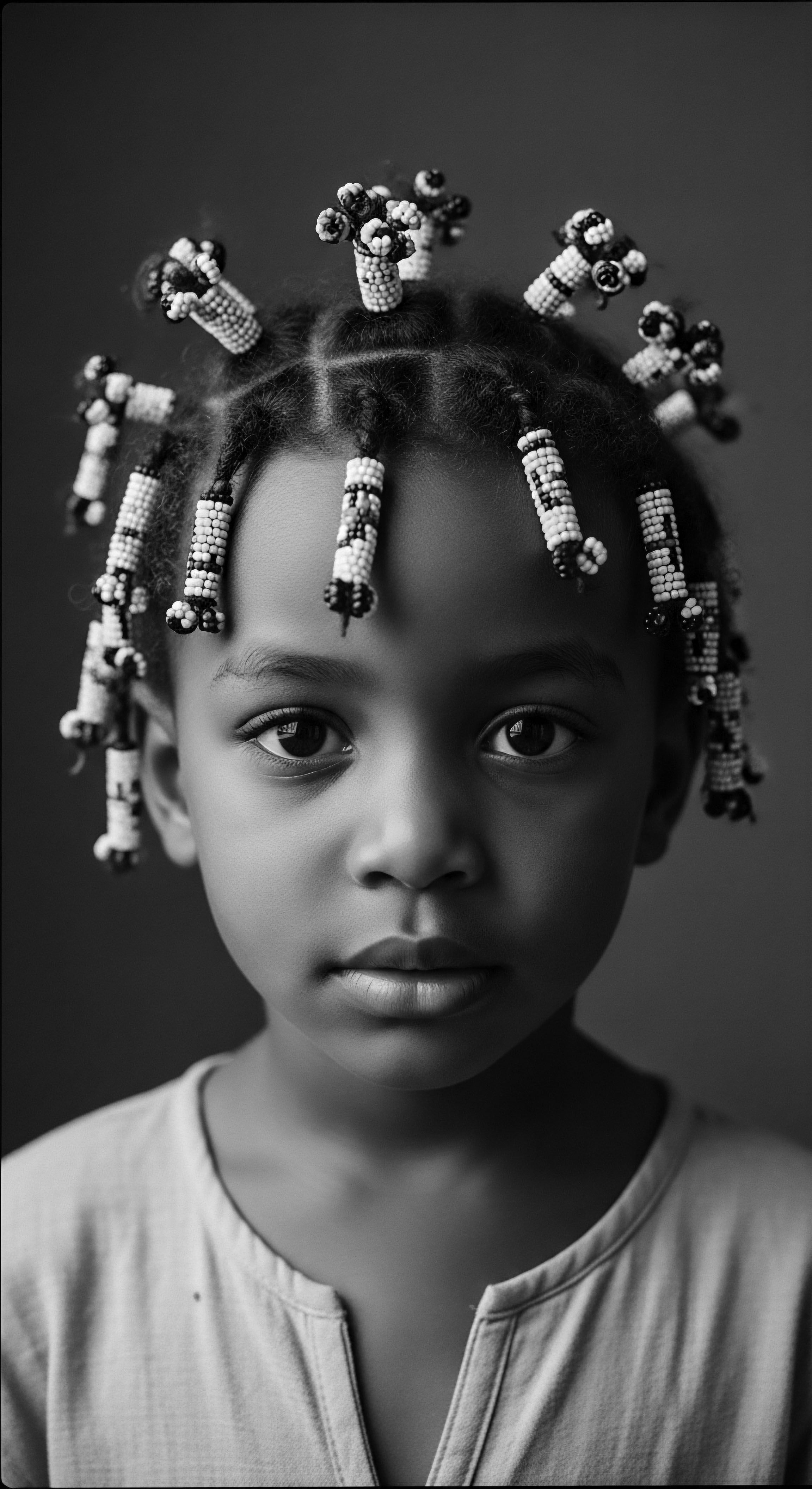
Relay
The story of the headwrap did not conclude with emancipation. Rather, it shifted, adapted, and continued to relay its message across generations, becoming a dynamic symbol of heritage, identity, and liberation in the contemporary world. As societies moved through the 20th century and beyond, the headwrap remained a powerful artifact, its meanings layered with history yet constantly reinterpreted through the lens of changing social landscapes and evolving hair traditions.
Following the abolition of slavery in the United States, the headwrap faced a period where its public wearing declined for some Black women. The harmful imagery associated with the “Mammy” stereotype, often depicted with a plain kerchief, led some to distance themselves from the style in an effort to assimilate into Eurocentric beauty standards. Yet, even during this time, the practice persisted in private spaces, particularly as a nighttime ritual to preserve hairstyles and protect fragile textured hair. This quiet, private adherence maintained the ancestral memory, a testament to the enduring understanding of textured hair’s needs.
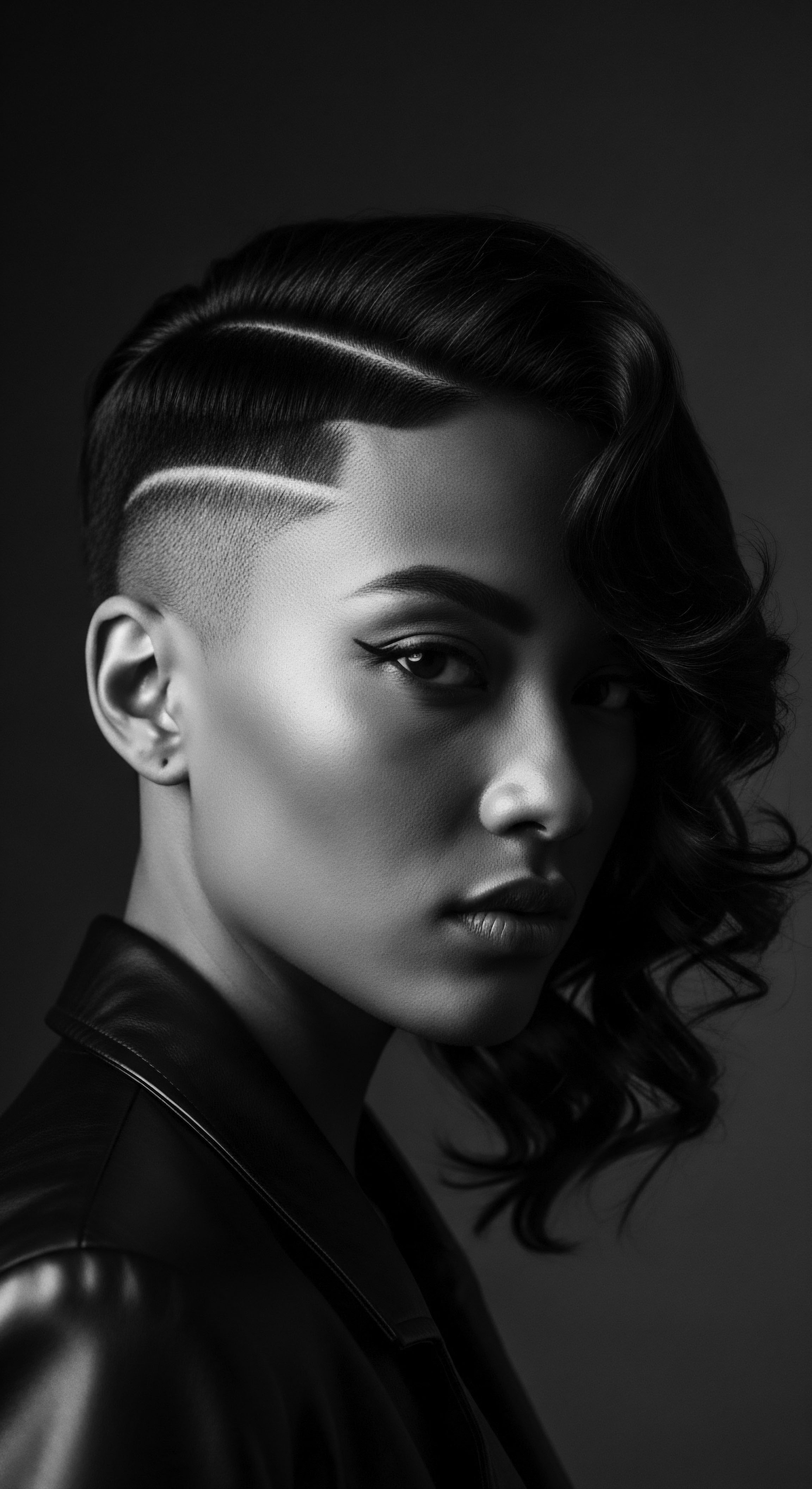
What Fuels the Headwrap’s Modern Resurgence?
The mid-20th century saw a powerful resurgence of the headwrap, fueled by movements dedicated to Black liberation and cultural pride. The Black Power Movement of the 1960s and 70s saw the headwrap, much like the Afro, become a bold declaration of identity and a rejection of imposed beauty norms. It was a visible affirmation of “Black is beautiful,” reconnecting with African roots and celebrating the inherent splendor of textured hair. This period witnessed headwraps, often crafted from vibrant African prints like Kente cloth, transcend their protective functions to become a central element of Afrocentric style and political expression.
Today, the headwrap continues to hold diverse meanings and serves multiple functions for those with textured hair. It is a chameleon of cultural expression, appearing on fashion runways, red carpets, and city streets, bridging ancient traditions with modern aesthetics. This contemporary landscape reflects a conscious decision by many to honor their heritage and prioritize the health of their hair.
The modern headwrap embodies a multifaceted purpose:
- Protective Styling ❉ It shields delicate strands from environmental aggressors, reduces friction that causes breakage, and maintains moisture, serving as a functional accessory for everyday wear or nighttime care.
- Cultural Reclamation ❉ Wearing a headwrap is a deliberate act of connecting with ancestral practices, celebrating Black and mixed-race identity, and acknowledging a rich lineage that defied oppression.
- Fashion and Self-Expression ❉ With an endless array of fabrics, patterns, and tying techniques, the headwrap offers a unique avenue for personal style, allowing individuals to express creativity and individuality.
- Spiritual and Ceremonial Use ❉ For many, head coverings retain their spiritual meaning, worn for religious observances, rites of passage, or as a symbol of reverence and modesty.
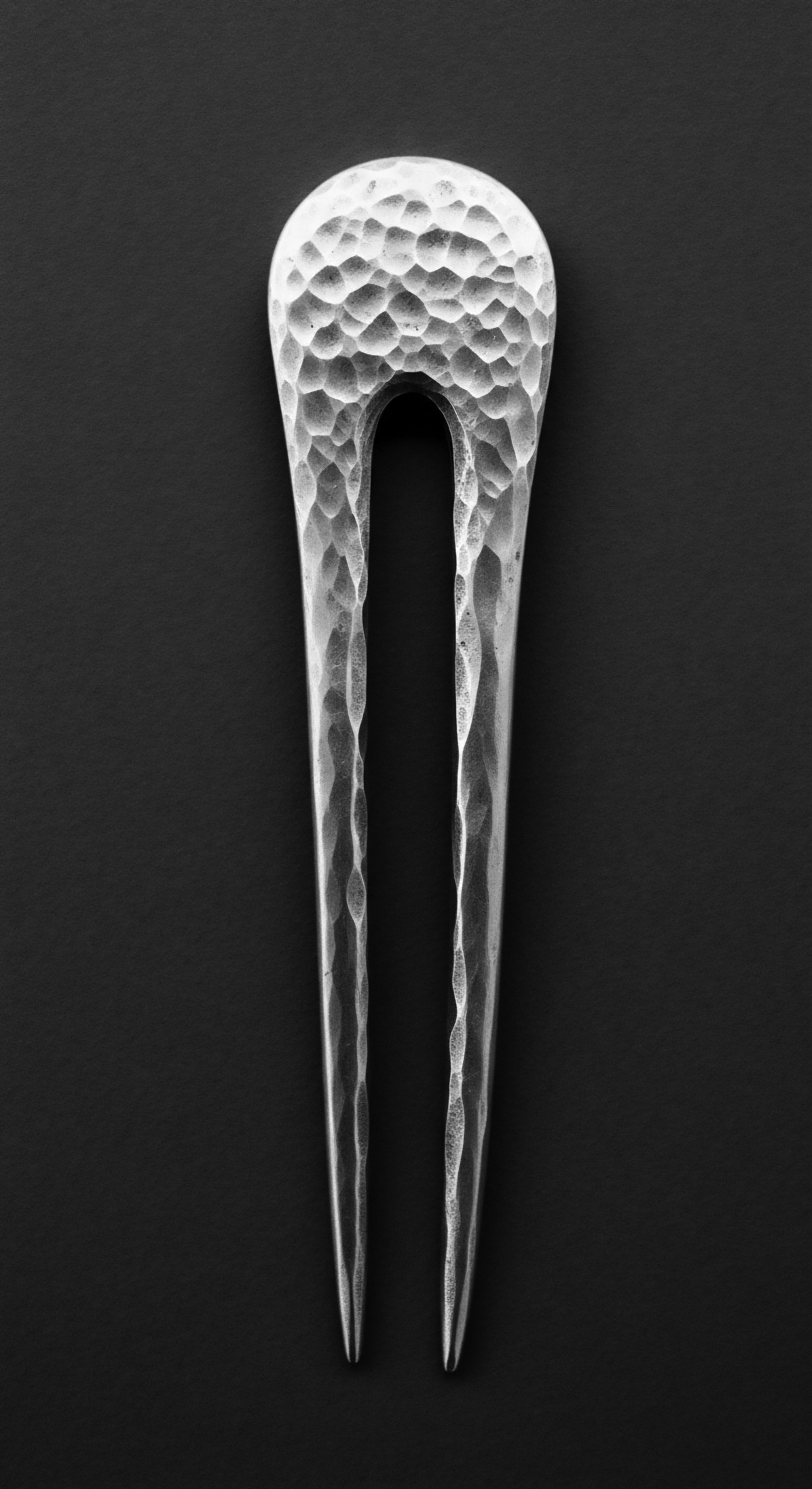
How Does Science Affirm Ancestral Headwrap Wisdom?
The ancestral wisdom surrounding headwraps finds validation in modern hair science. Textured hair, particularly tightly coiled types, is prone to dryness due to its coil pattern, which makes it harder for natural oils to travel down the hair shaft. It is also more susceptible to mechanical damage and breakage due to its structural characteristics. Headwraps, particularly those made from smooth, low-friction materials like silk or satin, actively counteract these challenges.
Modern hair science confirms the protective benefits of headwraps, affirming ancient practices for textured hair health.
This scientific understanding bridges the gap between historical practice and contemporary knowledge. For example, the use of silk-lined bonnets, a direct descendant of the headwrap tradition, is widely recommended by dermatologists and trichologists for textured hair care. This practice minimizes friction against abrasive pillowcases, thereby reducing breakage and preserving moisture, directly contributing to healthier hair over time. (Byrd, 2021) The historical use of various fibers, from breathable cotton to protective silk, for head coverings across different cultures also speaks to an intuitive understanding of material science related to hair health.
The enduring presence of the headwrap in textured hair heritage serves as a powerful reminder of how ancient practices, born of necessity and adorned with meaning, continue to shape contemporary approaches to hair health and identity. Its journey from ancient African kingdoms to the forced coverings of enslavement, and its subsequent reclamation as a symbol of pride, mirrors the enduring strength and adaptability of the communities it crowns.
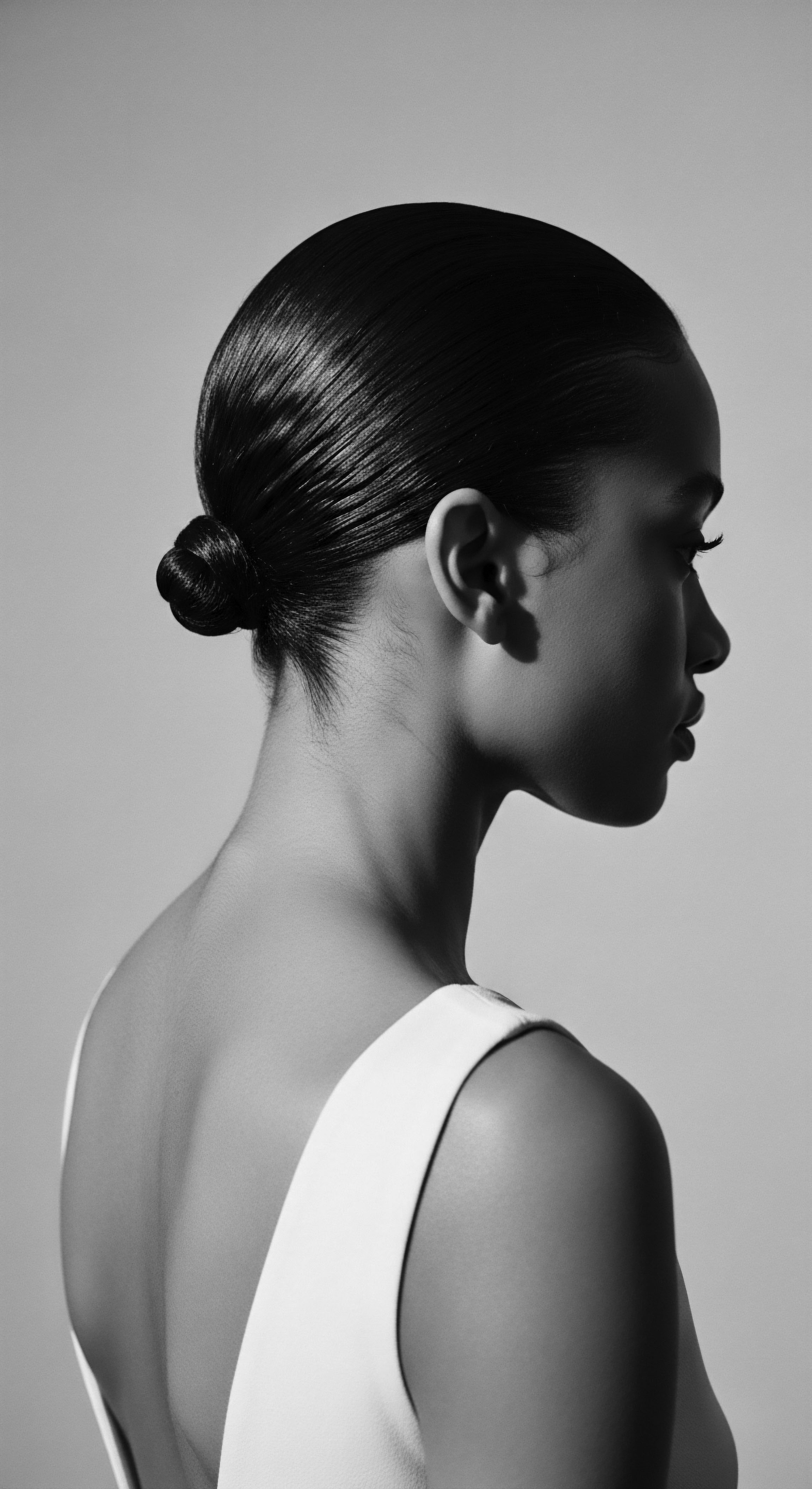
Reflection
The headwrap, this seemingly simple piece of cloth, holds within its folds a profound meditation on textured hair, its heritage, and its care. It stands as a living, breathing archive, each drape and knot whispering tales of survival, beauty, and unwavering spirit. From the earliest protective coverings in sun-drenched lands to the mandated tignons that were defiantly transformed, and on to the vibrant expressions of cultural reclamation seen today, the headwrap has always been more than an adornment. It is a testament to the deep, intrinsic bond between hair and identity, particularly for Black and mixed-race individuals.
Its journey mirrors the resilience of a people, consistently finding ways to honor their strands, protect their legacy, and speak their truth, even when words were forbidden. The wisdom of those who came before us, in their intuitive understanding of hair’s delicate yet powerful nature, continues to guide our care practices and inspires our ongoing celebration of every unique helix.
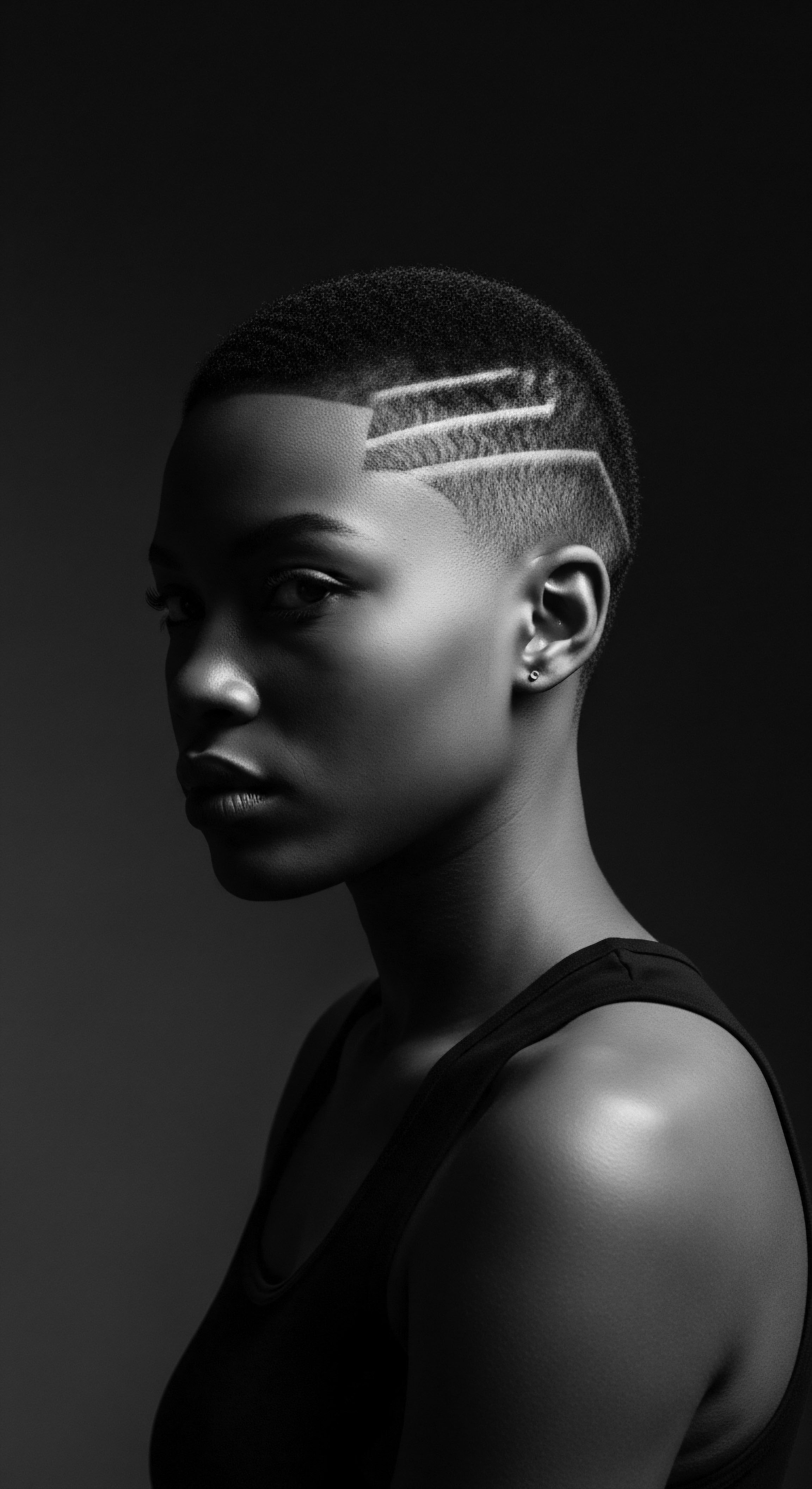
References
- Byrd, Olivia. “The Tignon Laws ❉ Art & Identity in New Orleans.” Art & Identity in New Orleans, 2021.
- Diedrich, Maria. Slavery and the American Experience ❉ A Reader. Oxford University Press, 2017.
- Gould, Virginia. Afro-Creole ❉ The History and Legacy of Louisiana’s Free People of Color. Louisiana State University Press, 1992.
- Katsande, Rukariro. “The history & meaning of head wraps across Africa.” Wilderness Safaris, 2015.
- Skeehan, Danielle. The Materiality of Freedom ❉ Affect, Gender, and Black Women’s Agency in the Revolutionary Atlantic. Northwestern University Press, 2017.
- White, Deborah Gray. Ar’n’t I a Woman? ❉ Female Slaves in the Plantation South. W. W. Norton & Company, 1985.
- Willard, Carla. Hair Story ❉ Untangling the Roots of Black Hair in America. St. Martin’s Press, 2002.
